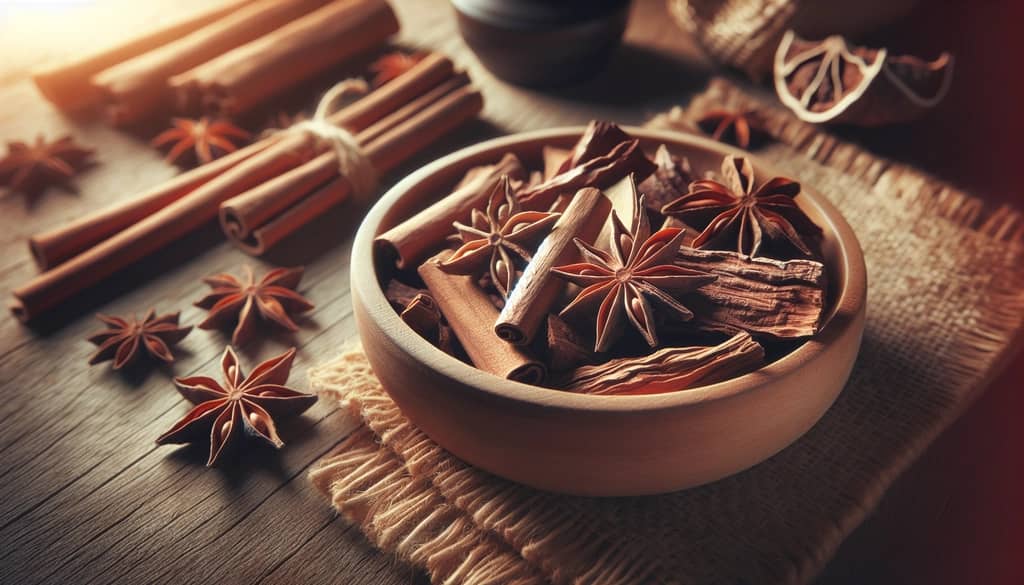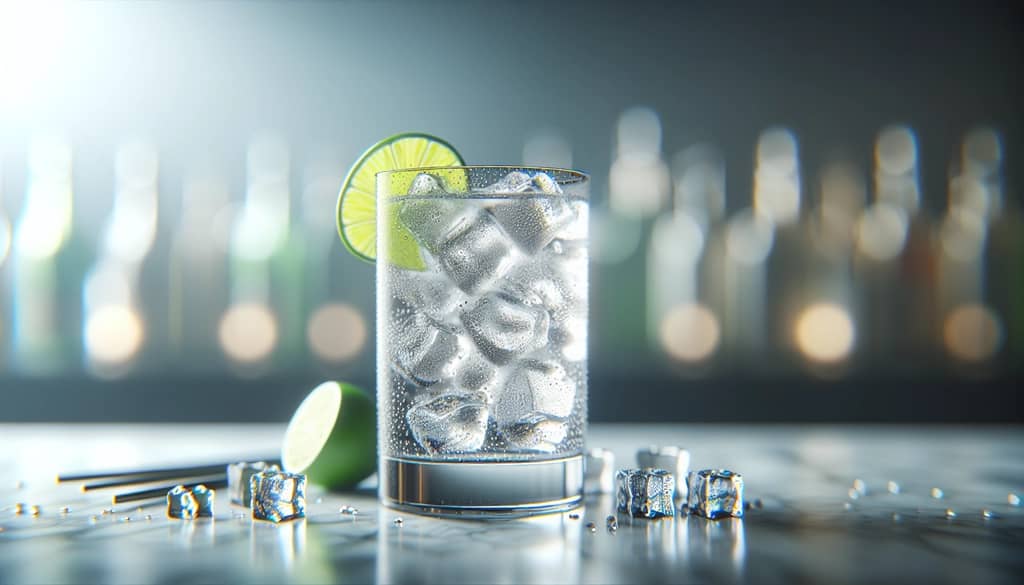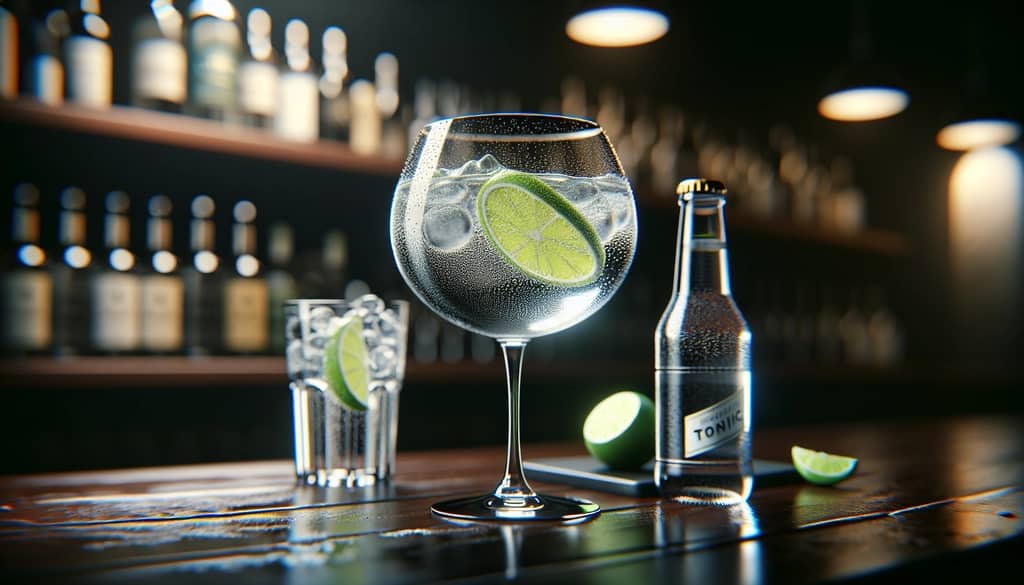Updated on: 6/3/2025
Why Is Quinine Used in Tonic Water?

The unmistakable bitterness of tonic water comes from quinine, a compound with a long and curious role in both global health and cocktail history. Many enjoy tonic's snap in classic highballs like the gin and tonic, but few know why quinine is even in the mix. Its use in tonic water has roots far deeper than flavor alone.
Quinine: A Brief Origin Story
Quinine is a natural alkaloid derived from the bark of the cinchona tree, native to South America. For centuries, indigenous Andean peoples used cinchona bark extracts to fight fevers. The potent compound was eventually isolated as quinine and became history’s first truly effective treatment for malaria.
How Quinine Entered Tonic Water
During the 19th century, quinine became essential for European colonial travelers in malaria-prone regions—most notably in India and Africa. To make the intensely bitter medicine more palatable, British officers began diluting quinine with soda water and sugar. What began as a preventive health measure against malaria evolved into the sparkling, bittersweet beverage we now recognize as tonic water.
Modern Uses: Flavor Beyond Medicine
While malaria prevention is no longer the main reason for its inclusion, quinine remains the defining element of true tonic water. Today’s commercial tonic uses less quinine than its medicinal ancestors, focusing instead on its distinctive, penetrating bitterness—the taste that plays perfectly against gin’s botanical notes and the crispness of soda.

Why Quinine? Science of Bitterness
Quinine's molecular structure binds strongly with bitter taste receptors, which makes even tiny amounts very noticeable. Its bitterness enhances a refreshing snap and balances sweetness, making tonic water uniquely adaptable in mixed drinks. In fact, regulations still require that authentic tonic water contains real quinine, even if only at safe, minuscule concentrations.
Key Characteristics: What Quinine Does in Tonic Water
- Creates a dry, lingering bitterness unmatched by other cocktail mixers.
- Balances sweetness and botanical flavors, especially in classic cocktails.
- Gives tonic water its hallmark glow under UV light, another effect of quinine.
- Originally offered medicinal benefits, mainly as an antimalarial.
Is Quinine in Tonic Water Still Safe?
The quinine content of commercial tonic waters is strictly regulated—usually lower than 100 mg per liter in most regions. This is far below medicinal dosing. For nearly all consumers, drinking tonic water is perfectly safe, though those with specific health conditions or medications should ask a doctor if they have concerns.

Choosing the Right Tonic: The Quinine Factor
Not all tonic waters are equal—look for brands with clear labeling of natural quinine for the crispest, most authentic experience. Some premium mixers balance quinine with citrus oils and botanicals, delivering vibrant bitterness with layered flavors. Always check for real quinine if you want the genuine taste that has defined tonic water for centuries.